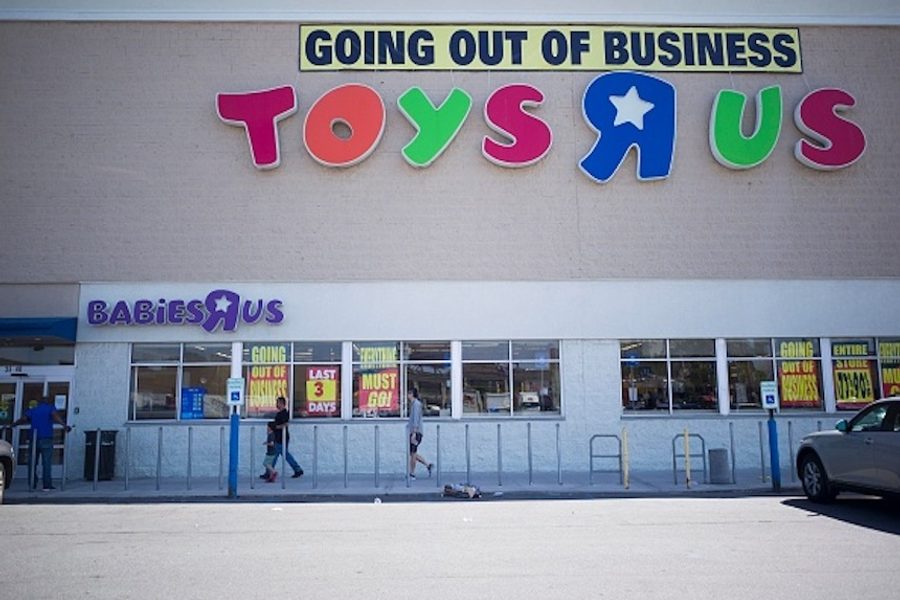After Wall Street’s Destruction of Toys ‘R’ Us, Pension Funds May Divest From Private Equity
Doug Henwood and Liza Featherstone

At the beginning of this year, in an In These Times cover story, we reported on what union activist Stephen Lerner has called “labor’s assisted suicide”: investment by public employees’ pension funds in private equity (PE) and hedge funds, which make many of their profits through job-destroying, union-busting “efficiencies.” We’re happy to note that in the wake of the recent bloodletting at Toys ‘R’ Us, according to the Financial Times, some state pension systems are now rethinking this reckless and anti-solidaristic practice.
Volatile investment strategies have not only contributed to the current instability in public pensions, they’ve also funded the evil work of PE. The business model typically works like this: Buy a company, load it up with debt to pay yourself dividends and fees, then squeeze labor with pay cuts, layoffs and work speed-up in order to cover the interest and principal payments. Investors get rich and workers get nothing.
Toys ‘R’ Us was taken private by PE giants KKR, Bain Capital and Vornado Realty Trust and then driven into bankruptcy, closing forever on June 29. The toy chain’s 30,000 workers lost their jobs. The three PE firms extracted over $470 million in fees and interest payments out of the company before rendering it a corpse. Employees were far less lucky. Many low-level workers have protested their lack of severance pay, particularly appalling given the generous bonuses paid out to executives.
The Minnesota State Board of Investment decided in late June to stop investing in KKR while it reviews the PE firm’s role in the iconic toy retailer’s collapse. The Washington State Investment Board severely questioned KKR officials over the company’s treatment of Toys ‘R’ Us workers. The fund decided to continue one of their planned investments in the company, but referred another back to its board for further review.
Some of the store’s employees gave testimony last month to CALPERS, California’s public pension fund, the largest in the United States (though also last month, CALPERS discussed expanding its investment in the sector since the returns are so high). Pressure from the funds — and particularly the decisive action by Minnesota — along with confrontational protests from the workers and a group called Rise Up Retail, may already be leading to more generous treatment of the Toys ‘R’ Us workers; KKR announced last week that it would “help” its laid-off employees.
Public pension funds provide nearly a fifth of all assets controlled by PE, so if they were to divest, a deeply anti-labor and parasitical sector would be substantially weaker. It’s good to see labor questioning this relationship. Whether or not our article helped inspire this outburst of solidarity and good sense, it’s a much needed victory for workers.





